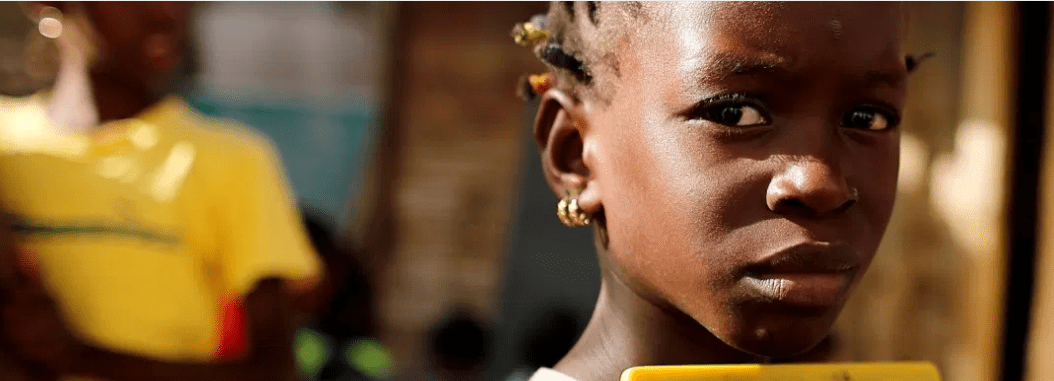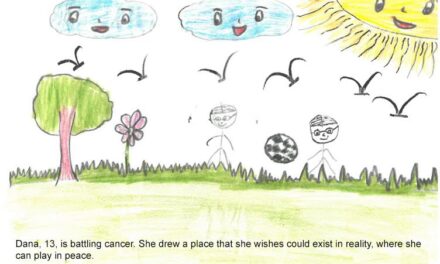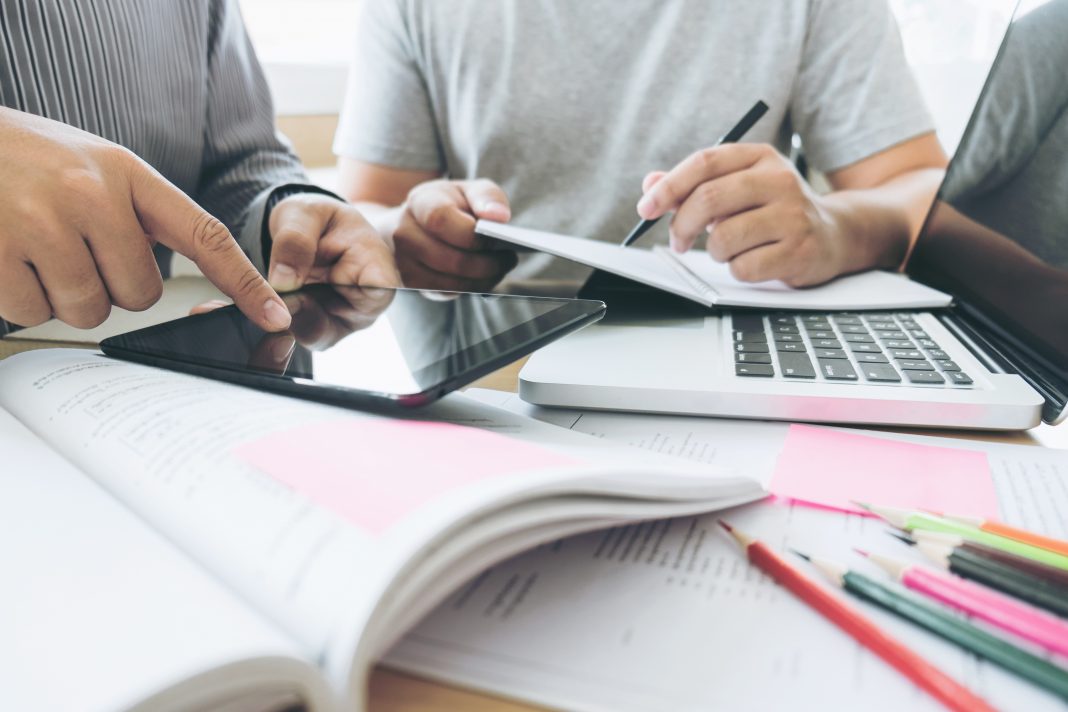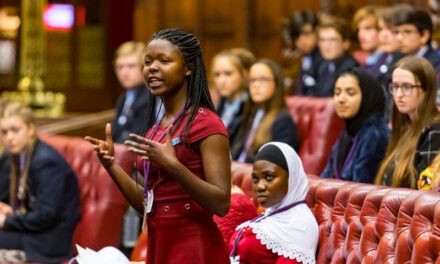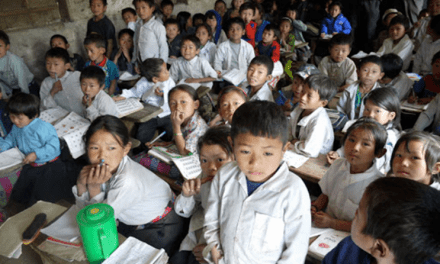This blog was written by Adedeji Adeniran, Director of Education (Governance Research) and Senior Fellow, Center for the Studies of The Economies of Africa. It was originally published on the Brookings Education Plus Development website on 4 June 2020.
Due to the COVID-19 pandemic, over 250 million primary and secondary children are out of school in Africa. If schools only reopen when normalcy returns, which is estimated to be in 2021 at the earliest, an inclusive learning approach that leaves no child behind, especially in Africa, is essential.
According to the World Bank, 87 percent of children in sub-Saharan Africa are learning poor and lack functional skills in a dynamic labor market. While the shutdown only creates a temporary out-of-school problem, prolonged closure can make being out of school permanent for some children, especially older ones that might be more easily lured into precarious job markets. This will add to the millions of children that were already out of school prior to the pandemic. Additionally, ancillary school services like school meals, sanitary pads, and immunization are disrupted while schools are closed.
The various stopgap measures to continue learning are not suitable for Africa and could in some instances amplify learning inequalities. Remote learning platforms require internet and hardware that are inaccessible to rural and poor households. In fact, a recent Brooking report estimated that less than 25 percent of low-income countries provided remote learning opportunities compared to about a 90 percent adoption rate in high-income countries.
Widely accessible mediums like radio and television are centered around mass education and will be difficult to target to children that are not learning under normal school settings. Sierra Leone’s experience with Ebola is instructive and points to the possible trajectory for other African countries with prolonged school closures. After eight months of closed schools, most children returned unable to recall material pre-Ebola, despite the use of radio and television mediums.
Based on what is known about COVID-19 and the effectiveness of social distancing in reducing its spread, a partial reopening of school can be implemented at no cost or disruption to flattening the curve. The optimal approach for reopening will be context specific, but here is a simple approach that illustrates the basic idea.
Let us imagine the most disadvantaged location with no access to digital platforms for personalized learning, which is reflective of many African regions. The approach is to open the school but replace face-to-face student-teacher interaction and regular school activities with contactless exchange of learning materials and progress.
Teachers will prepare the reading lists and assignments, while children simply pick up the daily task and submit the assignment from the previous day; school will serve as exchange, rather than meeting point. Based on grade, children might be allotted different times to avoid overcrowding and improve social distancing while ensuring more targeted learning. This simple cycle can be improved based on the reality on the ground. For example, targeted lessons can be given for children lagging behind.
The priority can be given to core academic subjects, such as mathematics and language, while other subject teachers in the interim act as assistants. The government can also recruit volunteers to assist teachers in implementing the plan, and the education workforce should be declared essential. Children can temporarily attend the school closest to their homes, and other costless adjustments should be considered.
This approach does not in any way preclude use of digital platforms, when and where available. With this arrangement, children can access other ancillary school services amid the pandemic.
Multistakeholder support can make the approach work
The government will be crucial to the successful implementation of this approach. Effective information sharing, investment, and purchase of learning materials are required, as is adequate sanitation of school premises. With appropriate copyright negotiation, learning materials can be mass produced using local resources. Mobilization of private sector resources and other innovative solutions is also needed. In all of this, peer learning about what works both within and outside a locality is essential.
Community and civil society also have a role to play. Through mobilizing local resources, they can help fill the likely financing gap for education, given the recent shock to government revenue. Their role in monitoring and evaluating both government support and school management and teachers’ activities could help drive success of the partial reopening. Community support will drive parents’ confidence in sending children to school.
The COVID-19 pandemic has made an already difficult task of providing inclusive and quality education for all even harder. The economic impact will be ephemeral as normalcy returns and economies grow again. However, the impact on education can be lifelong and irreversible for children who lose learning opportunities or completely drop out. For a continent with an enormous human capital deficit, learning cannot wait for complete normalcy to return and a partial reopening of schools will help in this regard.

